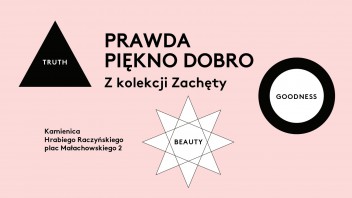Joanna Rajkowska
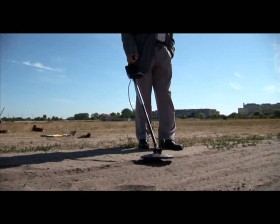 Gold and Silver2008
Gold and Silver2008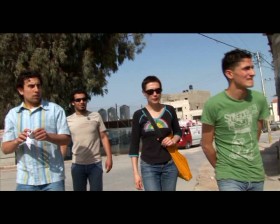 Camping Jenin2008
Camping Jenin2008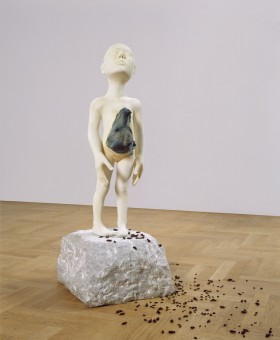 The Love of a Man Named Dog1998
The Love of a Man Named Dog1998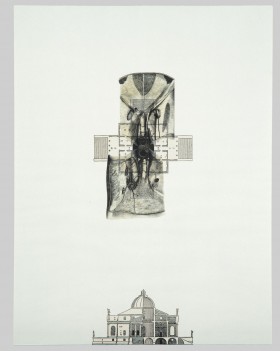 z serii Karty z „Czterech ksiąg o Architekturze” A. Palladio, II1998
z serii Karty z „Czterech ksiąg o Architekturze” A. Palladio, II1998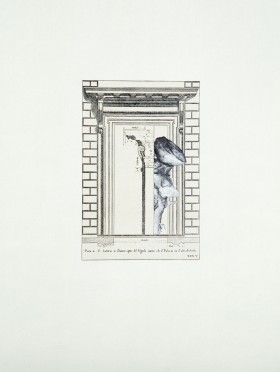 z serii Karty z „Czterech ksiąg o Architekturze” A. Palladio, I1992
z serii Karty z „Czterech ksiąg o Architekturze” A. Palladio, I1992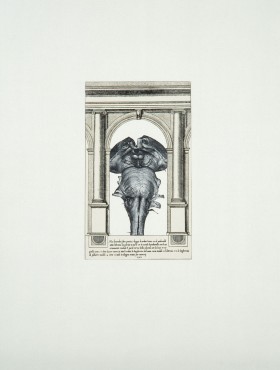 z serii Karty z „Czterech ksiąg o Architekturze” A. Palladio, III1992
z serii Karty z „Czterech ksiąg o Architekturze” A. Palladio, III1992- z serii Karty z „Czterech ksiąg o Architekturze” A. Palladio, IV1992
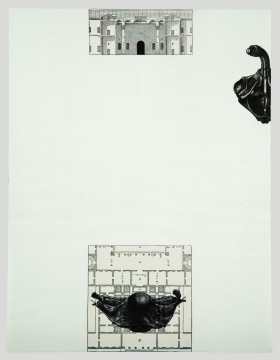 z serii Karty z „Czterech ksiąg o Architekturze” A. Palladio, V1992
z serii Karty z „Czterech ksiąg o Architekturze” A. Palladio, V1992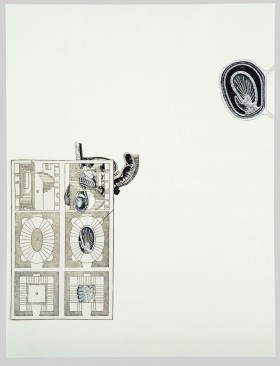 z serii Karty z „Czterech ksiąg o Architekturze” A. Palladio, VI1992
z serii Karty z „Czterech ksiąg o Architekturze” A. Palladio, VI1992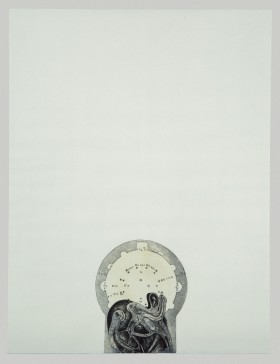 z serii Karty z „Czterech ksiąg o Architekturze” A. Palladio, VII1992
z serii Karty z „Czterech ksiąg o Architekturze” A. Palladio, VII1992
Lorem ipsum dolor sit amet, consectetur adipisicing elit, sed do eiusmod tempor incididunt ut labore et dolore magna aliqua. Ut enim ad minim veniam, quis nostrud exercitation ullamco laboris nisi ut aliquip ex ea commodo consequat. Duis aute irure dolor in reprehenderit in voluptate velit esse cillum dolore eu fugiat nulla pariatur. Excepteur sint occaecat cupidatat non proident, sunt in culpa qui officia deserunt mollit anim id est laborum.
-
07.07 – 04.09.2022Joanna RajkowskaRhizopolis
Rhizopolis is a city of roots created underground beneath the forest by refugees from the Earth’s surface. The idea of Joanna Rajkowska, it is a set design for an imagined futuristic film that introduces us to a hypothetical future world of humankind, after the anticipated great catastrophe that will end the current Anthropocene epoch. The scenario outlined by the artist is a vision of radical dependence, in which hitherto-dominated nature turns rescuer in all its unshakable duration, providing the necessities to support human life. In the exhibition, we enter the area of both artistic installation and scenography for a film in which we play ourselves, and in which we can act our own scripts.
Galeria Miejska BWA w BydgoszczyGaleria Miejska BWA w Bydgoszczy -
01.02 – 25.04.2021Sculpture in Search of a Place
The exhibition Sculpture in Search of a Place is yet another one in a series of cross-sectional thematic exhibitions at the Zachęta, devoted each year to a different artistic medium. It tackles the subject of the identity of Polish sculpture over the last sixty years — not so much as a chronology of artistic activity, but as a presentation of the phenomena and creative attitudes that have been essential for its development.
Zachęta – National Gallery of ArtZachęta -
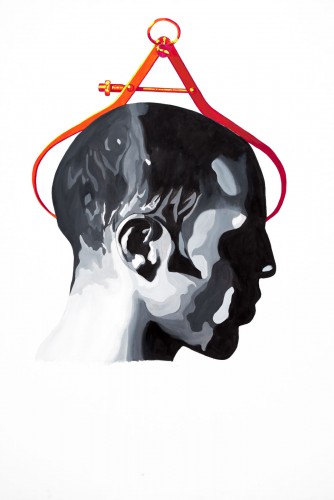 29.11.2014 – 15.02.2015Progress and Hygiene
29.11.2014 – 15.02.2015Progress and HygieneThe exhibition presented in Zachęta, “Progress and Hygiene”, is devoted to the pitfalls of modernization in the context of the idealistic faith in progress and the possibilities of “betterment” common to both art and science at the beginning of the 20th century. It was conceived as an essay which critically analyses such phenomena as genetic engineering, eugenics or research into the purity of races, also drawing attention to their continued impact on today’s world.
Zachęta – National Gallery of ArtZachęta -
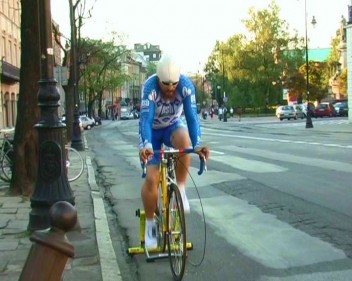 11.01 – 11.03.2012Warsaw ENcourages
11.01 – 11.03.2012Warsaw ENcouragesThe exhibition, Warsaw ENcourages, presents selected works from the Zachęta’s collection. The present collection has been systematically built up since the 1990s and mainly comprises works by Polish contemporary artists who have exhibitions at the gallery as well as works co-produced by Zachęta as part of its projects. Zachęta National Gallery of Art as part of the project Art Gallery at Warsaw Chopin Airport.
Chopin AirportChopin Airport -
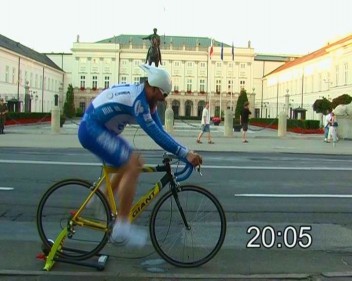 02.05 – 29.05.2011Spectrum. From the Zachęta Video CollectionScreenings in the ursula blickle videolounge
02.05 – 29.05.2011Spectrum. From the Zachęta Video CollectionScreenings in the ursula blickle videoloungeThe compilation of video presented in ursula blikle lounge is a selection of works from the Zachęta video collection. The programme of the thematic screenings of videos is a spectrum, in other words a certain organized selection of phenomena and concepts analysed by the films’ authors. It is a presentation of works of the newest video art in Poland, created by outstanding artists of the young and middle generation. The screenings that comprise the project Spectrum have been divided into the following thematic blocks: sound, gender, social portrait and roles. The selection made was dictated in part by the technical conditions of the place of presentation – the videos selected were one channel projections, whose theme and aesthetics made them appropriate to be shown in the proposed form. The choice of these works was also an attempt to underline the range of themes that Polish video artists engage with. It shows both a cross-section and the spectrum of problems relevant today in Polish art. This should not be treated as a full picture, but rather as an overview of Polish video art of the last two decades.
Kunsthalle WienKunsthalle Wien

